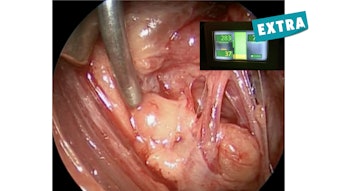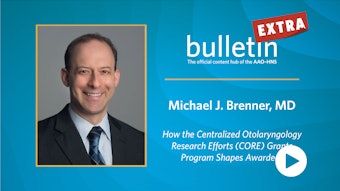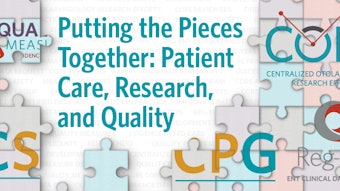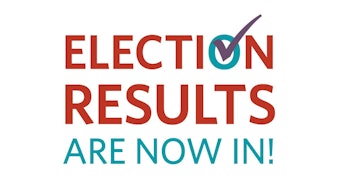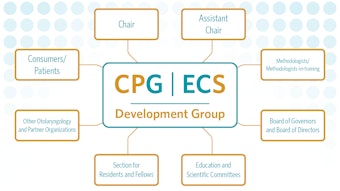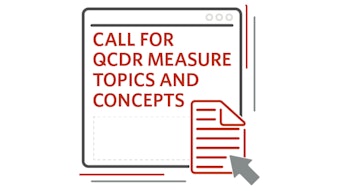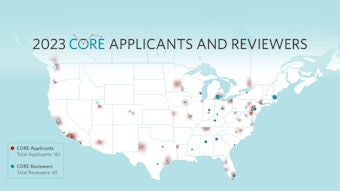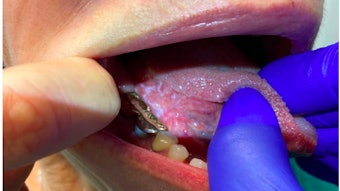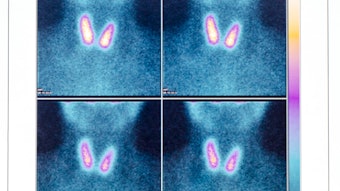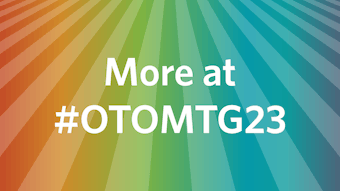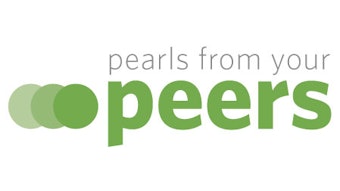What Is New With Traditional MIPS and Otolaryngology MVPs?
Update on measures included in the Otolaryngology MVP for the 2024 Quality Payment Program.

AAO-HNSF recently revised the previously submitted Otolaryngology MVP to create one MVP covering most subspecialties within otolaryngology-head and neck surgery. The revised MVP is based on the existing quality measures available in the Reg-ent measure portfolio. CMS recently published this revised Otolaryngology MVP for public comment, which received favorable feedback to move forward in 2024. AAO-HNSF is waiting on the release of the 2024 Quality Payment Program Proposed Rule to confirm and communicate this with members. The measures included in the Otolaryngology MVP are in the table listed below.
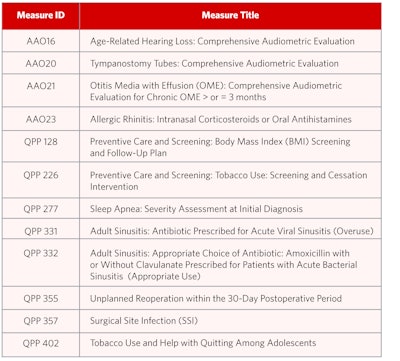
The goal is to help practices with the early adoption and implementation of using a limited number of quality measures available in the MVP and allow clinicians to get comfortable with reporting to CMS via MVPs and prepare for any potential practice workflow changes that this may require. CMS has indicated that 2027 is the target year to sunset traditional MIPS but has not yet officially announced the change through rulemaking. The Reg-ent Registry team continues to be committed to staying at the forefront of MVP implementation to support Reg-ent members in a smooth transition.
MVPs are intended to narrow the number of quality measures required and assess performance on meaningful measures on a specific specialty or clinical topic. The Reg-ent Registry team is actively collaborating with practices to maximize their quality scores. The quality measure benchmarks assigned by CMS are based on the historical data or performance year data received for the measures. Each year, clinicians may increase performance on the quality measures, but the score has dropped. We assessed how a 95% performance rate from 2022 would compare with the 2023 performance period.

As shown above, if a clinician or group submitted these three measures for the years 2022 and 2023 with the same performance, they would earn approximately 4.3 points less in 2023. Furthermore, it is important that Qualified Clinical Data Registry (QCDR) measures are submitted by our Reg-ent participants in order to establish a benchmark. For example, measure AAO21 (Otitis Media with Effusion [OME]: Hearing Test for Chronic OME > 3 months) did not have a benchmark during program year (PY) 2022 resulting in 0 points (3 for small practice), but once a benchmark was established for PY2023, it will yield a higher score (up to 10 points).
To supply our Reg-ent participants with meaningful quality measures that can also maximize their MIPS scoring, AAO-HNSF is working to create and implement clinically valid quality measures and to take the lead in defining what “quality care” means for the otolaryngology specialty. The registry is committed to developing quality measurement sets that incorporate patient and caregiver perspectives in a meaningful way. The Reg-ent Registry team encourages all AAO-HNS members to participate in the face validity and open comment period on the potential quality measures for the 2024 MIPS performance period. Feedback received from members and practices will ensure adherence with the CMS policy for testing measures and that physicians will continue to have AAO-HNSF-developed specialty measures to report in the coming years. You can view the three quality measure specifications and their respective face validity survey on our website. The open comment period is available for your feedback until July 31, 2023.
As the 2024 Quality Payment Program Proposed Rule is released, more information will be shared with members in OTO News and on the AAO-HNS/F website.
